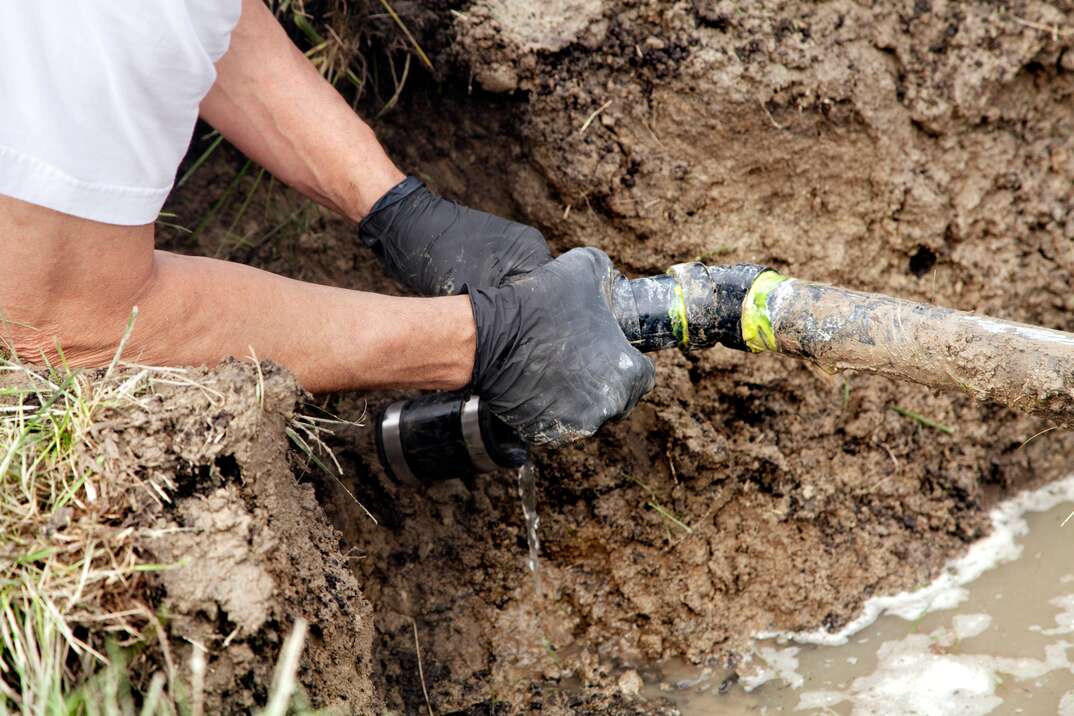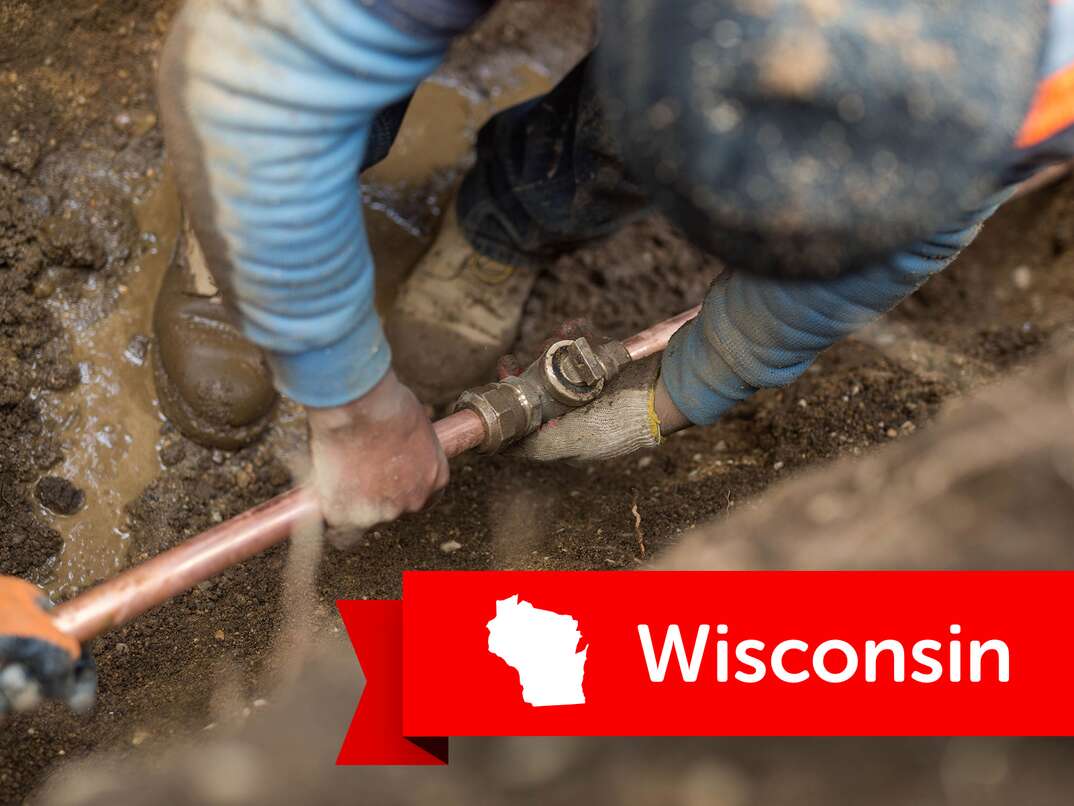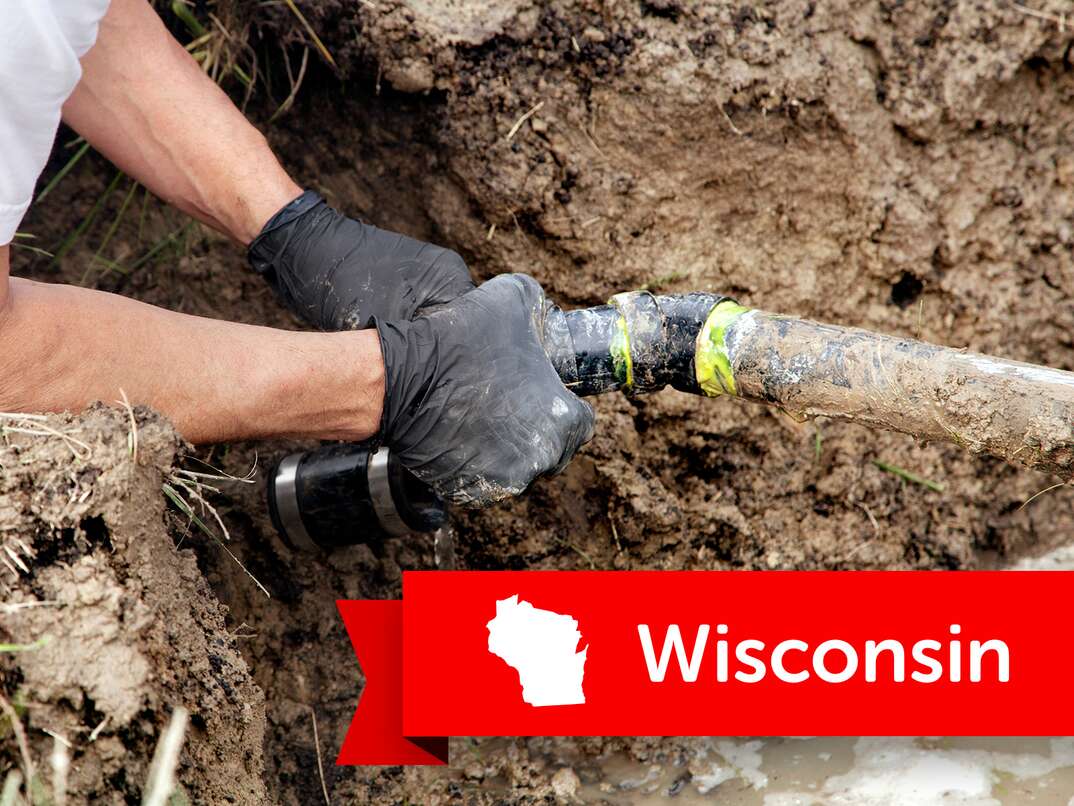How Much Does It Cost to Install a Home Fire Sprinkler System?

Adding a sprinkler system to your home can save lives and protect your property in the event of a fire. According to the National Fire Sprinkler Association, the number of overall residential fires has dropped significantly over the past four decades; however, because of the widespread use of synthetic materials, modern fires spread faster and burn hotter than in the past, leaving homeowners with just a few minutes to escape.
ThisMayAlsoInterestYou: Space Heater Safety Guide: 8 Tips to Avoid Fires and Burns
Fire sprinkler systems can give you more time to get out of the house. The NFSA reports that people are 81% less likely to die in a home fire when a residential fire sprinkler system is installed, and property damage is reduced by up to 70%.
Curious how much you might have to shell out for a sprinkler system? Here’s how the costs shake out.
How Much Does a Residential Fire Sprinkler System Cost?
The cost to install a fire sprinkler system depends on how much space needs to be covered, the type of fire sprinklers you’re using and if there are any add-ons. It also matters if you’re installing a fire sprinkler system in a new construction project or retrofitting an existing property.
It costs between $1 and $2 (CAD 1 to CAD 3) per square foot of coverage area to install a sprinkler system in a new build.
To install a system in an existing home, it costs $2 to $7 (CAD 2 to CAD 9) per square foot. For older homes, it may cost up to $10 (CAD 13) per square foot.
The average cost to install a residential fire sprinkler system is about $1.60 per square foot (CAD 2) — or about $3,500 (CAD 4,500) for a 2,200-square-foot home.
The average cost to construct a new home is between about $150,000 and $420,000 (CAD 195,000 and CAD 550,000) — or between $100 and $150 (CAD 130 and CAD 195) per square foot — according to HomeGuide. That means a fire sprinkler system and installation costs about 1% to 2% of the average home’s value.

Does a Fire Sprinkler System Increase Home Value?
In a survey conducted by Harris Interactive, 74% of the homeowners polled said they would be more likely to buy a home with a fire sprinkler system installed, and 70% said a property with an in-home sprinkler system is more desirable than one without.
How Does a Residential Fire Sprinkler System Work?
Residential fire sprinkler systems are designed to save lives and protect your property by giving you more time to escape your home during a fire. A fire sprinkler system can significantly reduce damage to your home. In some cases, it can control the fire.
According to the National Fire Protection Association’s guidelines and code requirements, all home fire sprinkler systems should be equipped with a “10-minute stored water supply and an adequate local audible alarm,” such as a smoke detector.
The residential fire sprinkler system is designed with a network of piping that is installed vertically in the walls and sometimes horizontally in the ceilings. At certain points, sprinkler heads are connected to the pipe to deliver water when triggered.
There are two types of residential sprinkler systems. The first one is a standalone style that uses a network of piping that is separate from the home’s plumbing system. While it's not attached to the residential unit’s main plumbing system, this system can either draw its water supply from your house’s water main or a dedicated tank installed for this purpose.
The other type of sprinkler system is known as a multipurpose unit. Multipurpose systems are integrated with the home’s main plumbing line, which means fewer pipes and other fixtures. The system uses the same pipes as your plumbing and has fewer connections. The installation costs aren’t as expensive because the system is not as complex. This kind of system requires less maintenance as well.
More Related Articles:
- How to Install a Fire Sprinkler System in Your House
- Watt’s Too Much? How Much You Can Plug Into One Outlet
- Hot Tips! 5 Backyard Fire Safety Suggestions
- Learn How to Install a Smoke Detector Safely
- Wood-Burning Stoe and Fireplace Safety Guide
Find a Qualified Residential Fire Sprinkler Installer
Making sure you’re safe in your home is crucial. You’ll want to find a qualified residential fire sprinkler installer or contractor who understands how to do the job correctly. They need to be able to design the hydraulic calculations that control the pressure and flow. The contractor should also have knowledge of local laws and state codes so that your system complies with the NFPA’s 13D standard. A plumber cannot install a fire sprinkler system in your home unless they are a highly skilled and legally qualified installation contractor trained to do the job.
Sprinkler Heads for Residential Sprinkler Systems
The NFPA 13D guidelines recommend that a residential fire sprinkler system should cover rooms that are considered living spaces. Standard systems cover 12-foot by 12-foot areas, and extended coverage sprinklers cover 20-foot by 20-foot areas. Sprinkler heads must be installed at least 8 feet apart, which means most rooms only need one or two sprinkler heads.
There are a variety of home fire sprinkler heads available. Each type has a specific purpose. Sprinkler heads can be concealed or exposed, and they can have an ordinary or intermediate temperature rating. Here are the most common types:
Pendent Sprinkler
This style of sprinkler hangs from the underside of the pipe and is installed in ceilings. It sprays water in a circular pattern.
Upright Sprinkler
These sit upright from the supply pipe. They are typically used in commercial settings and provide coverage where it’s not possible to run a pipe up the walls or in the ceilings.
Sidewall Sprinkler
This style sprays water in a crescent pattern and is installed in areas where it is a better option over the pendent sprinklers. They are also commonly used in attic spaces or rooms where it's not easy to install pipes in ceilings.


